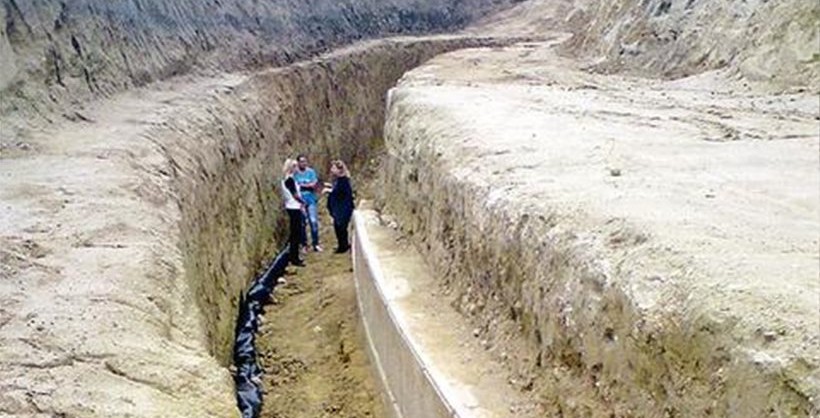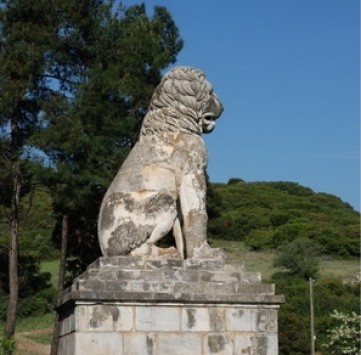Archaeologists believe that they may be on the verge of a major discovery as part of their excavations at Ancient Amphipolis, a Greek city founded by Athenians in eastern Macedonia on the Strymon River in 438-437 B.C. The Tomb of Casta Amphipolis, discovered last year, captured the immediate attention of archaeologists with site archaeologist of the Ministry of Culture, Katerina Peristeri, voicing hopes of finding a significant individual within.
Over the last week there has been a lot of commotion at the excavation area with guards on duty round the clock. Questions are raised as to whether the identity of the person buried at the tomb will soon be revealed. The tomb, dated from 325-300 B.C. appears to be the creation of acclaimed ancient architect Dinocratis of Rhodes, who was also a technical adviser and friend of Alexander the Great.
Both Alexander the Great’s wife, Roxanne, and son were ostracized and killed at 311 B.C. in the region and this serves to escalate speculation regarding the ownership of the tomb. Legend has it that two victims are buried here but this has yet to be confirmed.
When the site was first excavated, experts enthused that the mount had yielded a very remarkable marble-faced wall from the late 4th century B.C. that could contain the remains of a king or at least a very important royal Macedonian figure. The wall is an impressive 500 meters long and three meters high. According to findings, a large member of the enclosure had been dismantled during the Roman Ages with a number of parts not in their places.
A funeral Lion of Amphipolis, 5.2 meters in height, had been excavated in 1934 by French archaeologists in the area. Acclaimed architect Michael Lefantzis said that the Lion of Amphipolis most likely stood at the top of the funeral mound.
A legend says that the unknown sculptor of this lion – at the peak of his career when he created it – realized that the Lion had no tongue. He was so frustrated that he threw it into the river.
Many daring theories are circulating about the grave site with tentative speculation about the royal person it could belong to.






































